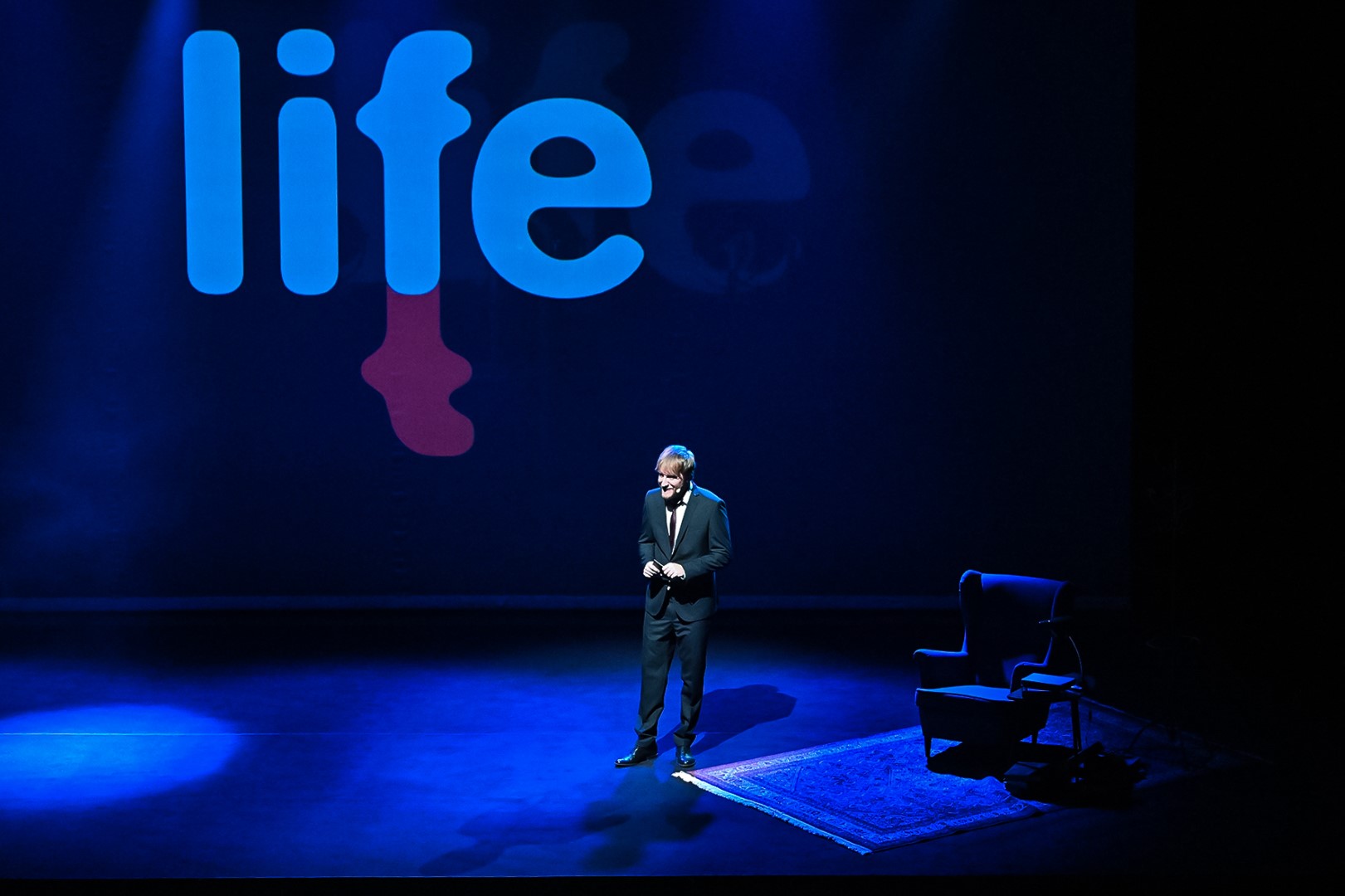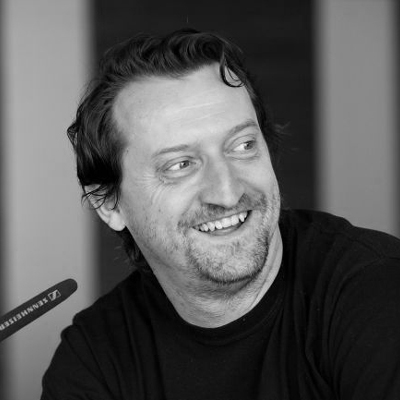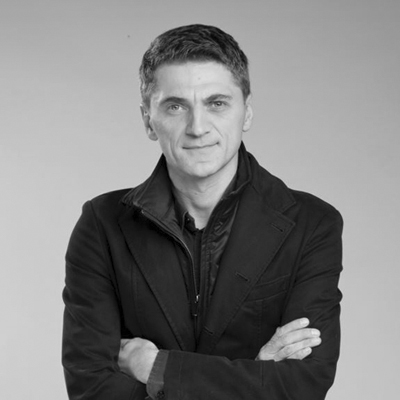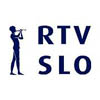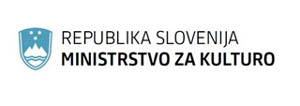Awards Ceremony
Winners >>
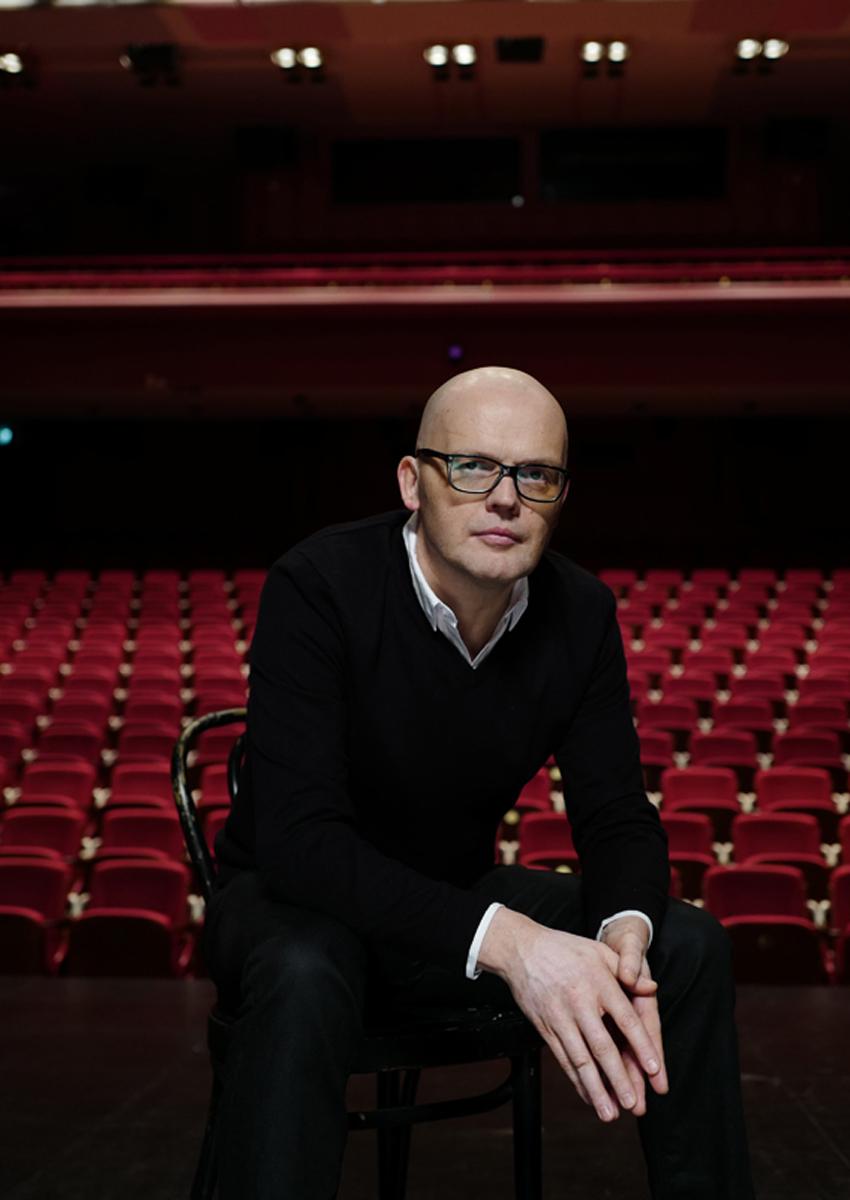
Simon Popek
Cinema is an Art Form. Yes and No.
It is an art form and at the same time a circus, a funfair, a voyage aboard a kind of ‘ship of fools’, an adventure, an illusion, a mirage.
Federico Fellini
The father of Neorealism, a movement defining post-WWII Italian cinema, Roberto Rossellini said: “There things are. . . Why manipulate them?” In mid-sixties, Federico Fellini – fifteen years his junior and at the height of his creative powers – might have replied: “Things are there precisely to be manipulated!”
Indeed, cinema is all about manipulation, creating illusion, at times even poetry. Whether it is an art form, Fellini was not completely decided. When asked about it, Fellini replied, “Yes and no. It is an art form and at the same time a circus, a funfair, a voyage aboard a kind of ‘ship of fools,’ an adventure, an illusion, a mirage. It is an art form that has nothing to do with other arts, least of all with literature. It's an autonomous art form. If at all, it's related to painting through its treatment of light.”
The maestro, whose centennial of birth we mark this year, had a special propensity for the fine arts. In the 1940s, during the German occupation and when American forces took possession of Rome, Fellini established himself as an illustrator and caricaturist. In his first independent feature-length film, The White Sheik, made in 1952, the protagonist, a hero of the then popular romance photonovels, is introduced in a style so spectacular, bombastic and absurdly comical – not to say Felliniesque – to remain unparalleled in the auteur’s entire body of work. Paraphrasing Fragonard’s The Swing (1767), an icon of Rococo style, Alberto Sordi is first seen high up among the treetops, like a cross between Tarzan and Rudolph Valentino: on an extremely long swing above his astonished admirer, a girl from the provinces who sneaks off while on honeymoon in Rome, ‘forgetting’ all about her newlywed husband to meet with her matinee idol in the outskirts of the city. This fleeting yet extremely meaningful sequence convincingly foretold the numerous regular projects Fellini realised in the 1950s and ‘60s in addition to his major works.
Whilst in the history of film often dismissed as an example of ‘early Fellini’, The White Sheik is actually a brilliant romantic comedy pulsating with the realities of post-war Italy. Here, Fellini already tackled some of the country’s main issues, e.g. the deeply rooted patriarchy, the inviolable family honour, the relationship between the provinces and urban environment and the noncritical mass’s inability to distinguish between fiction and reality. It goes without saying that Sordi’s infamous and banal ‘sheik’ character heralded the ‘culture of trash’, which reached epic proportions during the 1960s economic boom and of which Pasolini, in particular, was fiercely critical.
In its golden age, Italian film had a special knack for passing down knowledge from teacher to pupil in order to nurture its own vitality and continuously cultivate new talent, filmmakers who competed against one another and provided mutual inspiration. Fellini worked under the tutelage of Rossellini, Fellini mentored Pasolini, Pasolini then imparted his wisdom on Bertolucci and so forth. At the same time, apprentices were critical of their masters, especially Fellini, whom the Neorealists accused of departing from the tradition of location shooting, which was regarded as sacred at the time, in favour of his folie de grandeur style. When asked to provide his view on the legacy of Neorealism, Fellini replied, “Neorealism pretended to draw directly from life, but life is changing constantly. Rossellini was sensitive enough to adapt to the shifting wavelengths of real life, though challenging his own theoretical principles in the process.”
The most suitable place for making (and supervising) Fellini’s made-up, carnivalesque vaudeville films was the safe haven of the Cinecittà studios, even when revisiting his youth and his native Rimini (e.g. I Vitelloni and Amarcord). He felt no need for travelling north, to shoot on location. To Fellini, memory was “a version of reality changed by distance and imagination,” an imparted look at the things that have happened. In order to relate all these stories convincingly to the audience, they had to be enriched with sound, light, colour, feeling. And he could only achieve all that in “a magical laboratory called the studio.”


